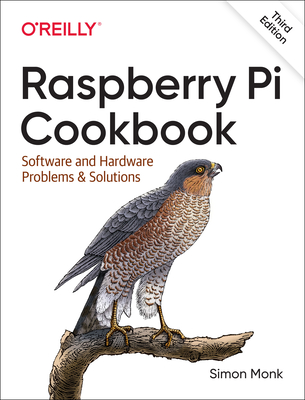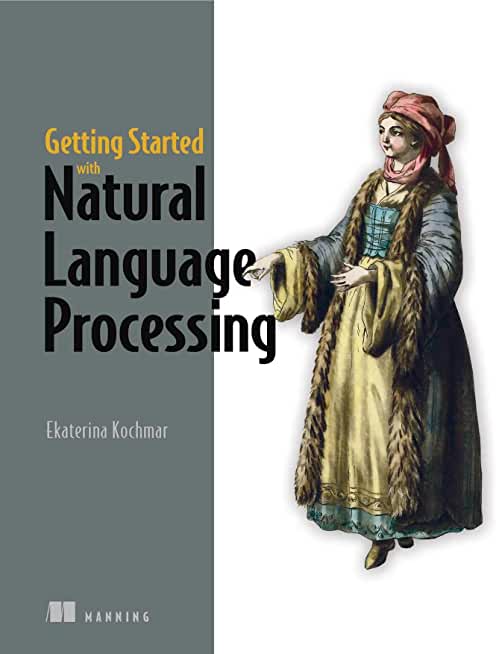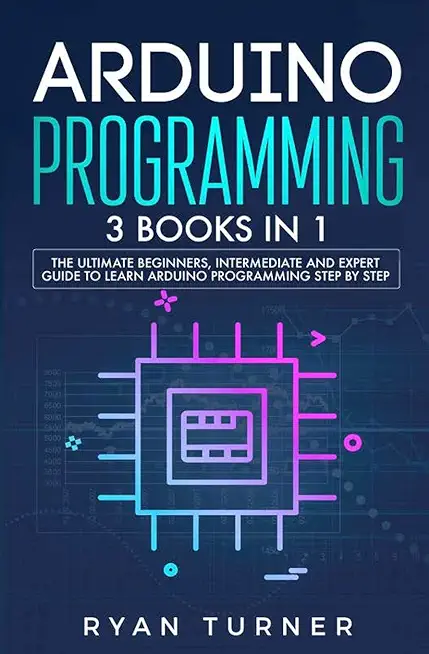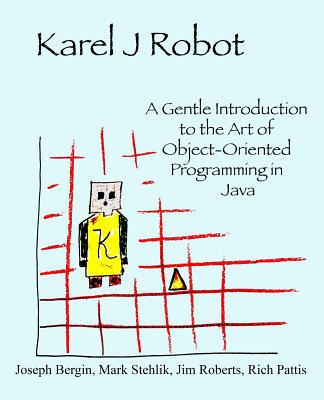Introduction to Linux, Open Source Development, and GIT (LFD301) Training in Port St. Lucie
Enroll in or hire us to teach our Introduction to Linux, Open Source Development, and GIT (LFD301) class in Port St. Lucie, Florida by calling us @303.377.6176. Like all HSG
classes, Introduction to Linux, Open Source Development, and GIT (LFD301) may be offered either onsite or via instructor led virtual training. Consider looking at our public training schedule to see if it
is scheduled: Public Training Classes
Provided there are enough attendees, Introduction to Linux, Open Source Development, and GIT (LFD301) may be taught at one of our local training facilities.
|
We offer private customized training for groups of 3 or more attendees.
|
||
Course Description |
||
| This course is for students who are already experienced computer users
on another operating system, but have limited or no experience working
in a Linux environment. The information in this course will work with
any major Linux distribution. You will learn: - The history of Linux
and what differentiates it from other UNIX-like operating systems - What
the main ingredients of a Linux system are and how to use them - The
essentials of system administration, such as user accounts and groups,
essential commands, filesystems, security, and more - Networking and
threading models - Aspects of compiling and using libraries - Working
with Java under Linux
Course Length: 4 Days
Course Tuition: $2800 (US) |
||
Prerequisites |
|
| This course is for students who are already experienced computer users on another operating system, but have limited or no experience working in a Linux environment. | |
Course Outline |
|
1. Introduction
2. Open Source Software
3. Why Use Open Source Software?
5. Examples of Successful OSS Projects
6. How to Work in OSS Projects
7. Continuous Integration
8. OSS Licensing and Legal Issues
9. Leadership vs Control and Why Projects Fail
10. Respecting and Encouraging Diversity in OSS
11. GitHub and Other Hosting Providers
12. Linux and the Operating System
13. Graphical Environments and Interfaces
14. Getting Help
15. Text Editors
16. Shells, bash, and the Command Line
17. Filesystem Layout, Partitions, Paths and Links
18. System Initialization
19. Memory
20. Networking
21. Command Details
22. System Administration
23. Users and Groups
24. Linux Filesystems
25. Essential Command Line Tools
26. Bash Scripting
27. Files and Filesystems
28. Compiling, Linking and Libraries
29. Java Installation and Environment**
30. Building RPM and Debian Packages
31. Introduction to GIT
32. Git Installation
33. Git and Revision Control Systems
34. Using Git: an Example
35. Git Concepts and Architecture
36. Managing Files and the Index
37. Commits
38. Branches
39. Diffs
40. Merges
41. Managing Local and Remote Repositories
42. Using Patches
|
Course Directory [training on all levels]
Technical Training Courses
Software engineer/architect, System Admin ... Welcome!
- .NET Classes
- Agile/Scrum Classes
- Ajax Classes
- Android and iPhone Programming Classes
- Blaze Advisor Classes
- C Programming Classes
- C# Programming Classes
- C++ Programming Classes
- Cisco Classes
- Cloud Classes
- CompTIA Classes
- Crystal Reports Classes
- Design Patterns Classes
- DevOps Classes
- Foundations of Web Design & Web Authoring Classes
- Git, Jira, Wicket, Gradle, Tableau Classes
- IBM Classes
- Java Programming Classes
- JBoss Administration Classes
- JUnit, TDD, CPTC, Web Penetration Classes
- Linux Unix Classes
- Machine Learning Classes
- Microsoft Classes
- Microsoft Development Classes
- Microsoft SQL Server Classes
- Microsoft Team Foundation Server Classes
- Microsoft Windows Server Classes
- Oracle, MySQL, Cassandra, Hadoop Database Classes
- Perl Programming Classes
- Python Programming Classes
- Ruby Programming Classes
- Security Classes
- SharePoint Classes
- SOA Classes
- Tcl, Awk, Bash, Shell Classes
- UML Classes
- VMWare Classes
- Web Development Classes
- Web Services Classes
- Weblogic Administration Classes
- XML Classes
Business Training Courses
Project Managers, Business Analysts, Paralegals ... Welcome!
Upcoming Classes
Gain insight and ideas from students with different perspectives and experiences.
Linux Unix Uses & Stats
Linux Unix is Used For:
Desktop
Mainframe Computers
Mobile Devices
Embedded Devices
|
Difficulty
|
Popularity
|
Year Created 1991/1971 |
|
Pros
Performance:
Linux supports many efficient tools and operates them seamlessly. Because it's architecture is lightweight it runs faster than both Windows 8.1 and 10.
Security:
Because Linux is an open-source software, anyone can contribute code to help enhance the users’ experience i.e., adding features, fixing bugs, reducing security risks, and more.
Software Development:
The terminal in Linux is a *wild card*. You can do almost anything with it. This includes software installation, application and server configurations, file system management, and etc.
Large-scale:
Open-source projects benefit from having an attentive community. As a result, Linux is more secure than Windows. Instead of installing anti viruses to clean malware, you just have to stick to the recommended repositories.
Efficient:
Developers have the convenience of running servers, training machine learning models, accessing remote machines, and compiling and running scripts from the same terminal window.
Free:
Linux is free (you can put it on as many systems as you like) and you can change it to suit your needs.
|
Cons
Learning Curve:
Linux is not for everyone, there is a learning curve in switching to Ubuntu. To actually learn Linux efficiently would take a user one to several years.
No Tech Support:
Unlike Windows, there isn’t a dedicated tech support, so getting help for things is up to you.
Designer Compatabilty:
Linux is not as user friendly as Windows or as ‘straight out of the box design’ As an example for design choices, Adobe hasn’t released any of its products to Linux users. So it’s impossible to run them directly. The Ubuntu alternative is a free software called GIMP.
Gaming Capabilities:
Most games aren’t available in Linux. But that’s not to say you can’t make it happen, it's just not as easy.
|
| Linux Unix Job Market |

Average Salary
|

Job Count
|

Top Job Locations
New York City |
|
Complimentary Skills to have along with Linux Unix
The following are types of jobs that may require Linux skills. The top 15 job titles on Dice.com that mention Linux in their postings are:
- DevOps Engineer
- Software Engineer - Java Developer - Systems Engineer - Systems Administrator - Senior Software Engineer - Network Engineer - Python Developer - Linux Systems Administrator - Software Developer - System Administrator - Linux Administrator - Linux Engineer - Senior Java Developer - C++ Developer |






